Swati Nakshatra in Vaastu

Swati Nakshatra in Vaastu with Astrologer Ashish Somani 1. Overview of Swati Nakshatra with Best Vastu Consultant Ruling Planet: Rahu (North Node of the Moon) Zodiac Sign: Libra (Tula) Deity: Vayu (The Wind God) Symbol: A Blade of Grass or a Sword Nature (Gana): Deva (Divine) Power (Shakti): Pradhvamsa Shakti (Power to Disperse and Move […]
Ardra Nakshatra in Vaastu Shastra
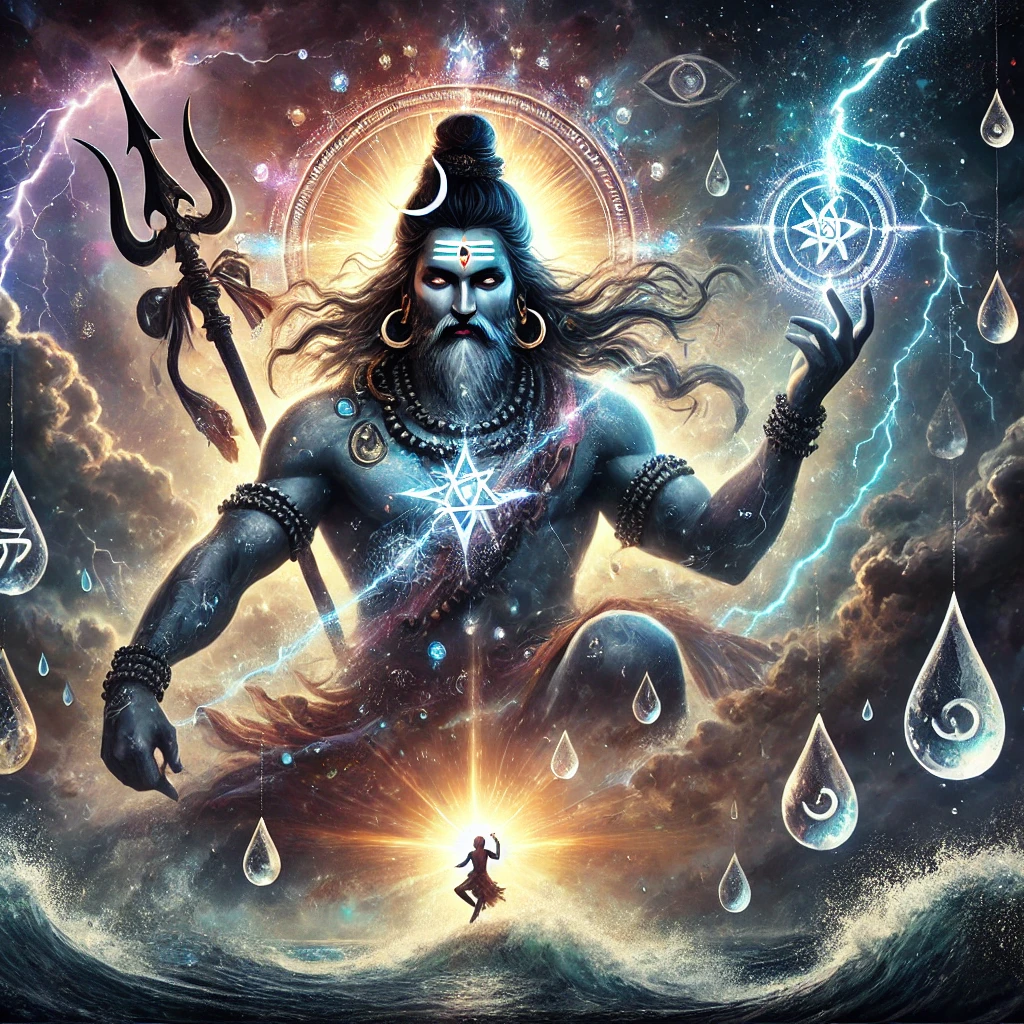
Ardra Nakshatra in Vaastu Shastra with Astrolger Ashish somani 1. Overview of Ardra Nakshatra with Best Vastu Consultant Ruling Planet: Rahu (Shadow Planet) Zodiac Sign: Gemini (Mithuna) Deity: Rudra (Fierce Form of Lord Shiva) Symbol: A Teardrop or a Diamond Nature (Gana): Manushya (Human) Power (Shakti): Yatna Shakti (Power to Achieve Goals Through Effort) This […]
Dhanishtha Nakshatra & Its Use in Vaastu Shastra
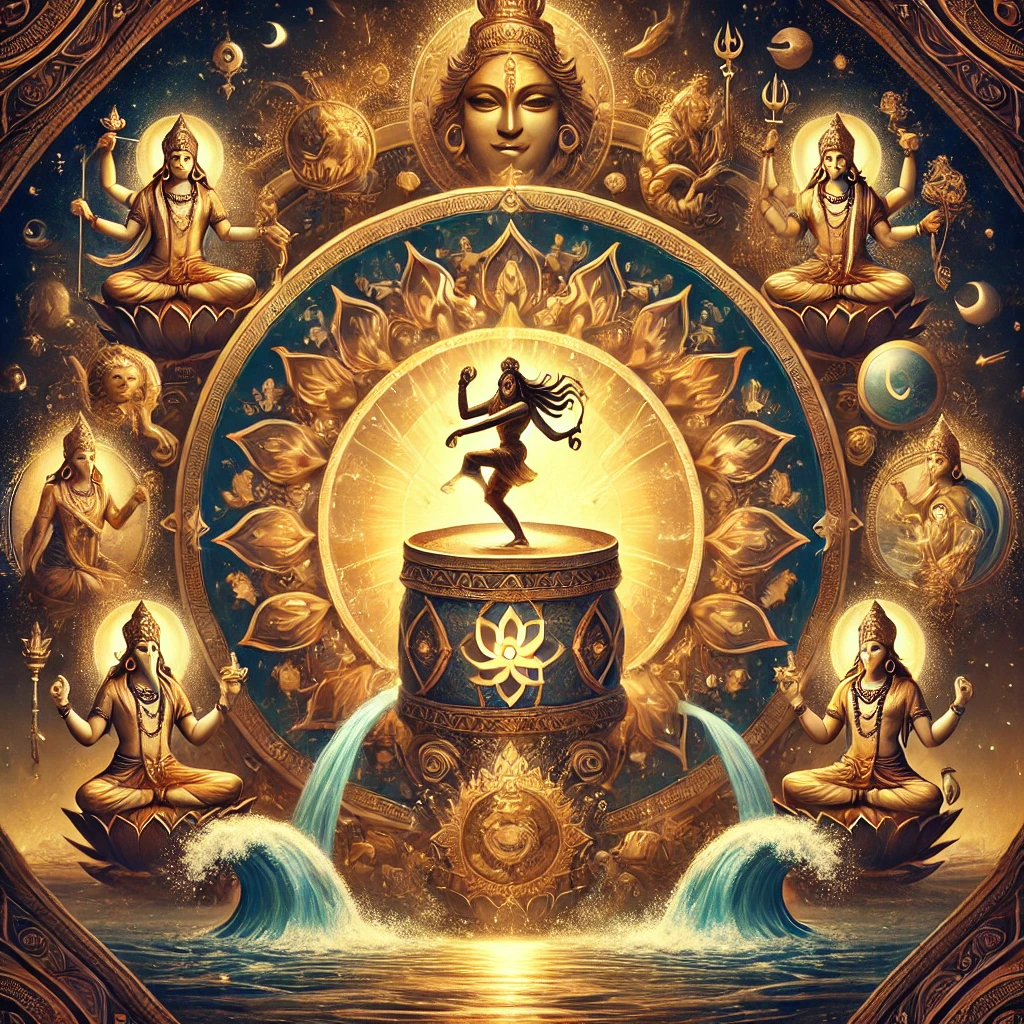
Dhanishtha Nakshatra & Its Use in Vaastu Shastra with Astrologer Ashish Somani 1. Overview of Dhanishtha Nakshatra with Best Vastu Consultant Ruling Planet: Mars (Mangal) Zodiac Sign: Partially in Capricorn (Makar) & Aquarius (Kumbha) Deity: Ashta Vasus (The Eight Celestial Deities) Symbol: A Drum (Damru) or a Flute Nature (Gana): Rakshasa (Demon) Power (Shakti): Khyapayitri […]
Chitra Nakshatra & Its Use in Vaastu Shastra

Chitra Nakshatra & Its Use in Vaastu Shastra with Astrologer Ashish Somani 1. Overview of Chitra Nakshatra with the best Vastu Consultant Ruling Planet: Mars Zodiac Sign: Partially in Virgo (Kanya) & Libra (Tula) Deity: Vishwakarma (The Celestial Architect) Symbol: A Bright Jewel or a Pearl Nature (Gana): Rakshasa (Demon) Power (Shakti): Punya Chayani Shakti (Ability […]
Shravana Nakshatra – Vastu Application

Shravana Nakshatra – Vastu Application with Astrologer Ashish Somani Shravana Nakshatra is the 22nd nakshatra in Vedic astrology, associated with listening, wisdom, and knowledge transmission. It plays a crucial role in communication, learning, and spiritual growth. Shravana Nakshatra is symbolized by three footprints, representing the importance of guidance and education in one’s life journey. This […]
Hasta Nakshtra and Vastu
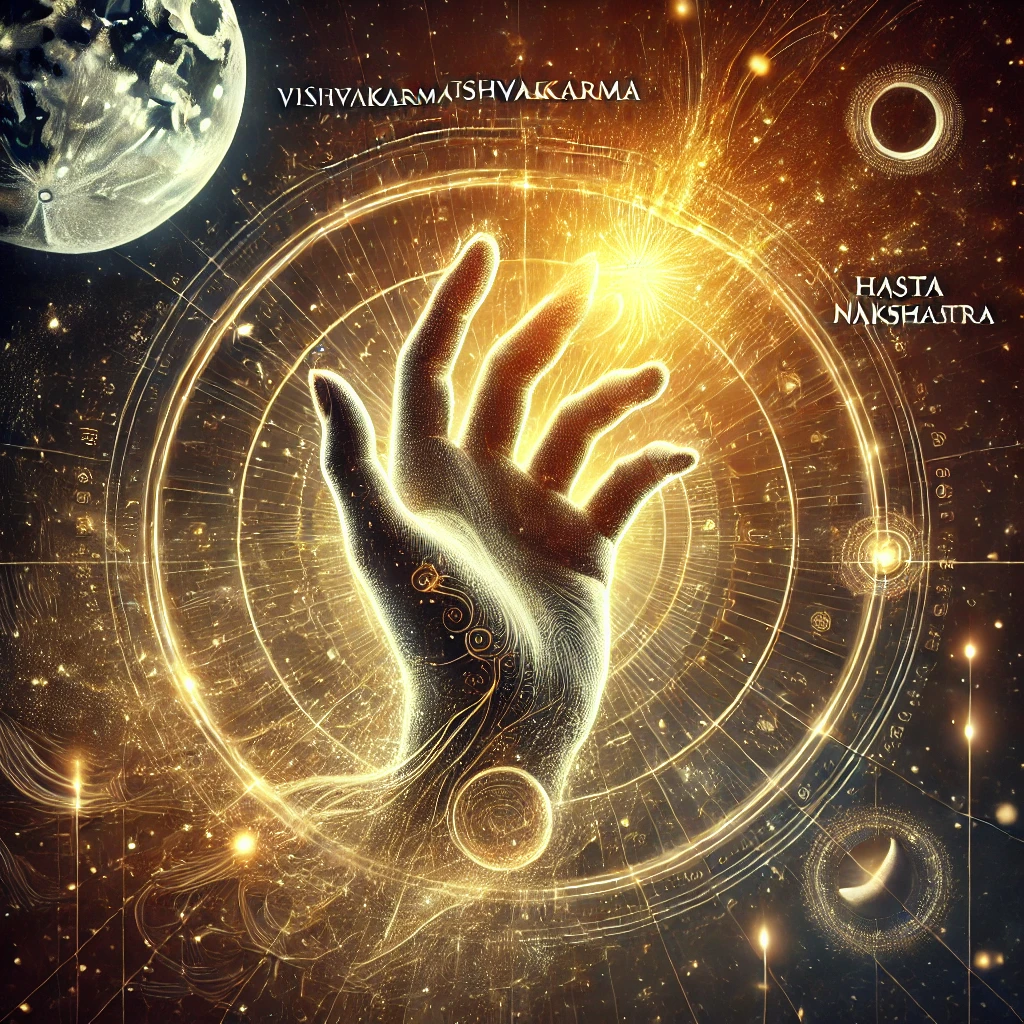
Hasta Nakshtra and Vastu an Insight with Astrologer Ashish Somani Empowering Creativity Through the Divine Hand: Discovering Hasta Nakshtra, Myth, and Vastu In the realm of Vedic astrology, few concepts evoke as much creative energy and intuitive power as Hasta Nakshatra. The name “Hasta,” meaning “hand,” perfectly captures its essence—symbolizing not only manual dexterity and […]
Uttar Ashadha Nakshatra & Vastu: Divine Cosmic Insights
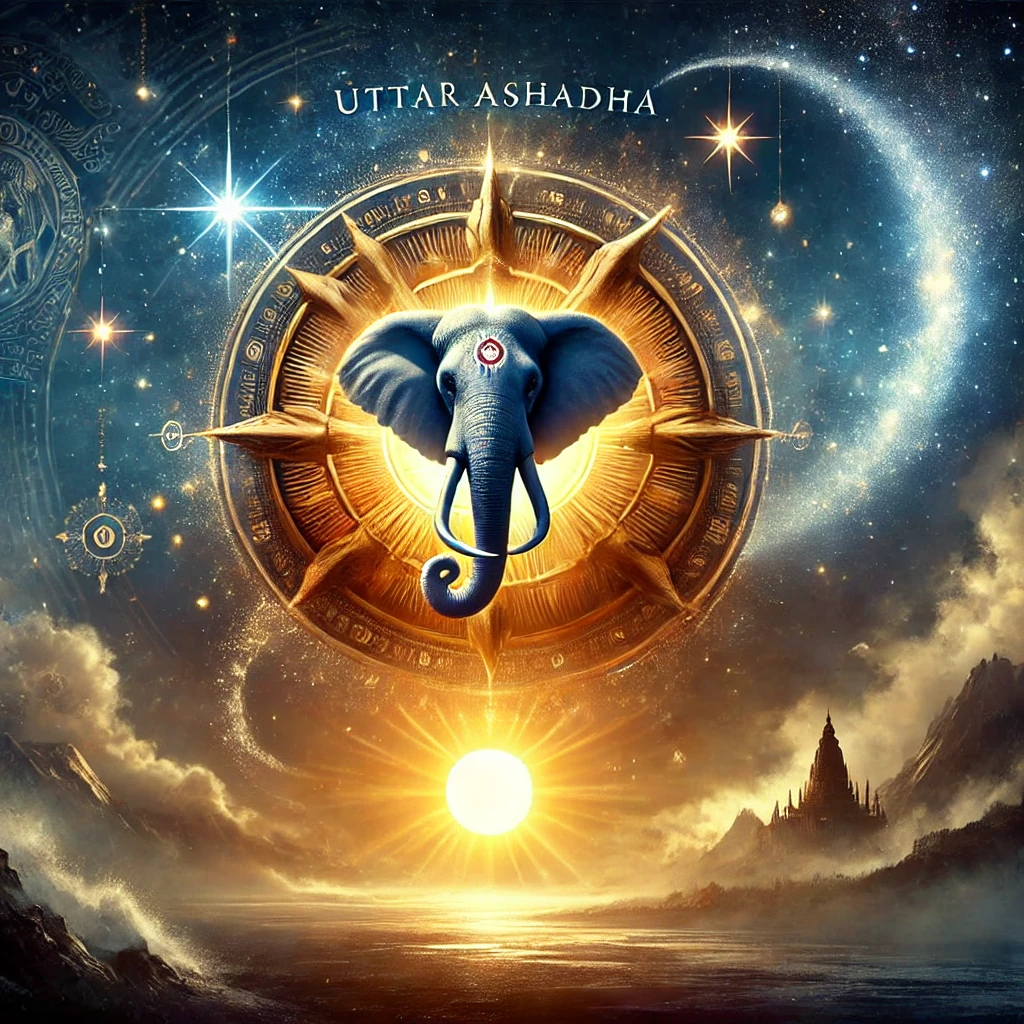
Uttar Ashadha Nakshatra & Vastu: Divine Cosmic Insights with Astrologer Ashish Somani Uttar Ashadha Nakshatra—often known as the “later invincible”—is a celestial gem that has inspired awe for centuries. Steeped in ancient myth and brimming with symbolism, this nakshatra not only shapes personal destiny but also plays a vital role in Vastu Shastra, the traditional […]
Uttara Phalguni Nakshatra: Mythology, Vaastu Remedies & Stability in Life
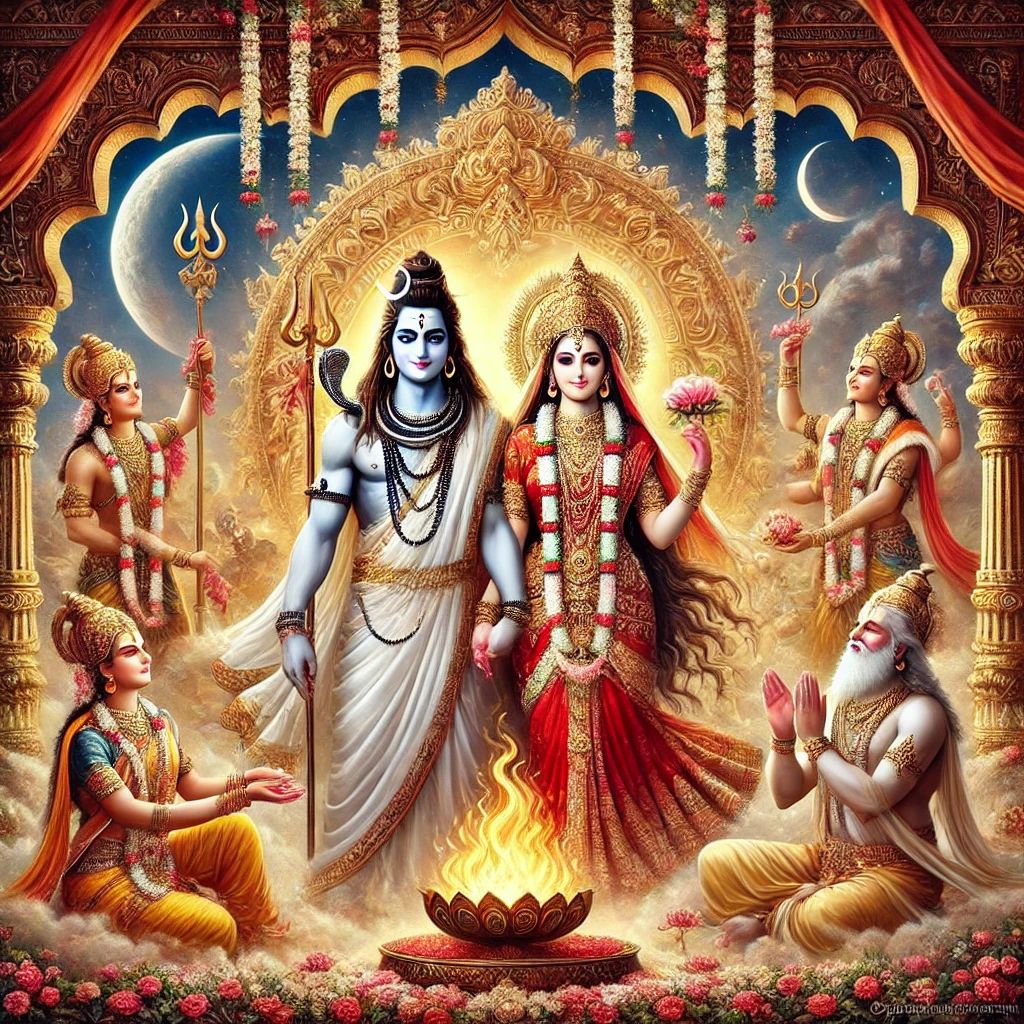
Uttara Phalguni Nakshatra: Mythology, Vaastu Remedies & Stability in Life with Astrologer Ashish Somani Introduction Uttara Phalguni Nakshatra is associated with stability, prosperity, and long-term success in life. Ruled by the Sun (Surya) and influenced by Aryaman (the deity of contracts and relationships), this nakshatra is ideal for those seeking growth, harmony, and success in […]
Purva Ashadha Nakshatra: Vaastu, Mythology, and Cosmic Influence

Purva Ashadha Nakshatra: Vaastu, Mythology, and Cosmic Influence with Vastu Consultant Ashish Somani Vaastu Tips for Homes Aligned with Purva Ashadha Nakshatra This Nakshatra, ruled by Venus (Shukra) and associated with Apas (the Water Goddess), represents transformation, resilience, and wisdom. By aligning your home’s Vaastu with the energy of this nakshatra, you can create an […]
Purva Phalguni Nakshatra and Its Influence on Vaastu: A Guide to Harmonious Living
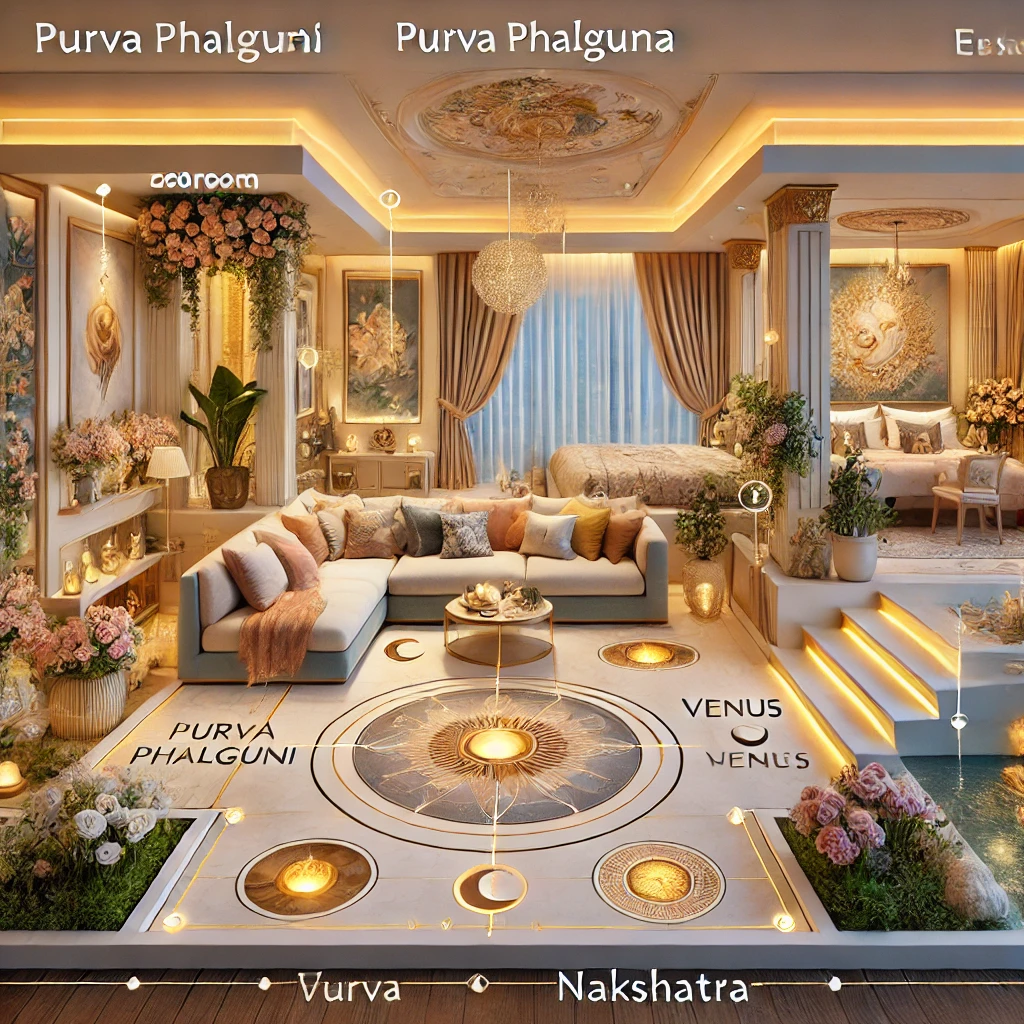
Purva Phalguni Nakshatra and Its Influence on Vaastu: A Guide to Harmonious Living
